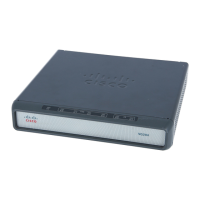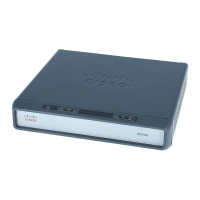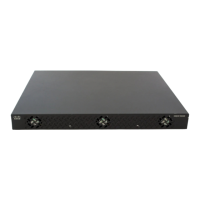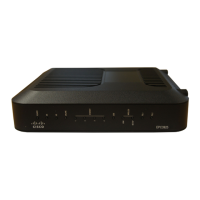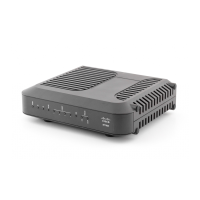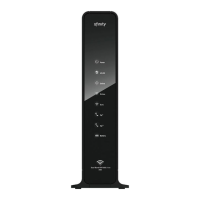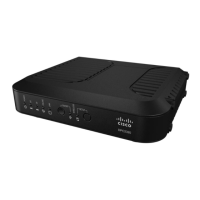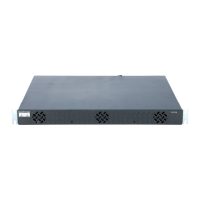Configuring ISG Policies for Session Maintenance
Prerequisites for Configuring Policies for Session Maintenance
2
• Information About Configuring Policies for Session Maintenance, page 2
• How to Configure Policies for Session Maintenance Timers, page 4
• Configuration Examples for Session Maintenance Timers, page 14
• Additional References, page 16
• Feature Information for Configuring ISG Policies for Session Maintenance, page 18
Prerequisites for Configuring Policies for Session Maintenance
A traffic class is required only if an idle timer or session timer is being installed on a service that has a
traffic class definition in it. If the timer is installed on a session or service that has no traffic class, a
traffic class is not required. See the “Configuring ISG Subscriber Services” module for information
about how to configure a traffic class.
Restrictions for Configuring Policies for Session Maintenance
For an idle timeout that is applied on an IP session (rather than on a PPP session), there is currently no
way to specify the direction. By default, the direction in which the idle timer is applied is always
outbound.
ISG supports both per-session and per-flow accounting. Per-session accounting is the aggregate of all
the flow traffic for a session. Per-session accounting can be enabled in a user profile or in a service
profile or service policy map.
Information About Configuring Policies for Session
Maintenance
Before you configure the ISG session maintenance timers, you should understand the following
concepts:
• Session Maintenance Timers, page 2
• Benefits of Session Maintenance Timers, page 3
• Monitoring Sessions, page 3
• Using ARP for Keepalive Messages, page 3
• Using ICMP for Keepalive Messages, page 3
Session Maintenance Timers
ISG provides two commands (each of which can be set independently) to maintain control over a session
and its connection. The timeout absolute command controls how long a session can be connected before
it is terminated. The timeout idle command controls how long a connection can be idle before it is
terminated. Both commands detect both PPP and IP sessions and can be applied in a
non-traffic-class-based service, on a per-session basis, or in a flow (traffic-class-based service). All
subscriber traffic will reset the timers; however, non-network traffic such as PPP control packets will not
reset the timers.

